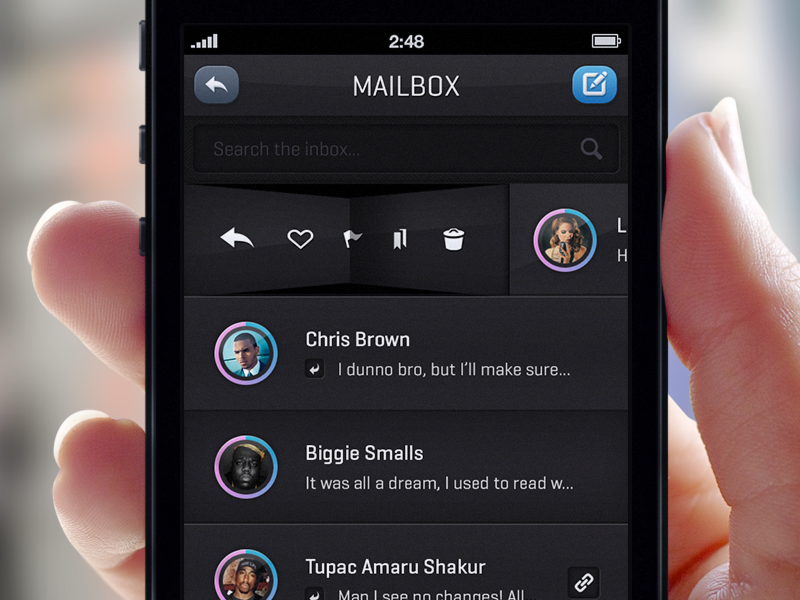

Live view uses a lot more battery power and you will find your batteries draining quicker than normal. Some people prefer this than dealing with varifocals or reading glasses that may be needed with the distance involved with live view. If you wear glasses you may not know you can adjust the magnification in the viewfinder via a dioptre wheel.
#Www liveview com manual
Check your camera manual to see what is available and whether they are also an option for the viewfinder: Turning them on is usually via a button press and then you have to cycle through the options to find the one you want. You may find the various overlay options in live view helpful. You may prefer to select the focus only via the screen rather then “select focus and fire shutter” all in one touch (I find I often accidentally fire the shutter with my nose and prefer to stick to using the shutter button to take the photo). Some cameras have the option for you to select your focus point using the touchscreen facility of your LCD. This is especially useful for night photographers who can check they have a accurately focussed on a star or the moon. You can zoom in and check your focus when using live view, an option not available when using the viewfinder. You should note that there is a limit to how useful this feature is once you start using a 10- or 15-stop filter you may find live view is completely black. An optical viewfinder doesn’t show the decreased exposure. Similarly, using live view means you can check your exposure after taking into account any neutral density filters you have added in front of the lens. This is especially useful with macro when small changes have more noticeable effects. Macro and DoF previewīecause live view is “what the sensor sees” you can preview what effect aperture changes are having on your depth of field more easily than using the depth of field preview button (which also tends to darken the preview if using smaller apertures). If your camera has an articulating LCD screen it can make it even easier to tilt and save you cricking your neck. If your camera is on a tripod, or you are shooting very low or very high, using live view is often easier than trying to get your eye up to the viewfinder. If you do adjust the brightness don’t forget to dial it down again once the sun goes in otherwise you may find you are under-exposing all your images thinking they are brighter than they really are (use the histogram to check if in doubt). Before you give up on it check whether you have the option to turn up the brightness of the screen.

If you are shooting in bright sunshine you may find the live view isn’t bright enough for you to see what you are doing. I find I compose more easily using the viewfinder because that’s how I learnt photography (on a film camera with no live view). This is becoming less noticeable as mirrorless cameras improve and is imperceptable in recent models.
#Www liveview com generator
Let liveSocket = new LiveSocket("/live", Socket, ) Īnd that’s all there is to it! Our LiveView-powered confetti generator is back up and running with the addition of a small layer of markup.Some people notice a lag in older mirrorless electronic viewfinders and prefer optical viewfinders for the instant view. In the mounted callback of our canvas hook, we need to look to the first child of our div to find our canvas element:įinally, we need to pass a reference to a Phoenix Socket directly into our LiveSocket constructor to be compatible with our new version of phoenix_live_view:
#Www liveview com update
We leave our phx - update = " ignore " on our canvas to preserve our computed width and height attributes, but move our phx - hook and data attributes to the wrapping div: LineView Solutions specialise in providing cutting edge systems and support to improve manufacturing efficiency. The solution we landed on is to wrap our canvas component in another DOM element, like a div. Expert in Supply Chain improvement, digitising. Joxy pointed this issue out to me, and helped me come up with a workaround. Over 30 years experience in Supply Chain operating at all levels including developing & sharing best practice globally across the Coca Cola system. In hindsight, the previous behavior doesn’t even make sense, and the new behavior seems much more consistent with the metaphors in play. The " ignore " update rule causes our hook’s updated callback to not be called with updates. Unfortunately, the technique of using both phx - hook and phx - update = " ignore " on a single component no longer works as of phoenix_live_view version 0.2. The goal was to ignore DOM updates ( phx - update = " ignore "), while still receiving updated data from our server ( phx - hook) via our data - particles attribute. In my previous post on animating an HTML5 canvas using Phoenix LiveView, we used both a phx - hook attribute and a phx - update = " ignore " attribute simultaneously on a single DOM element.


 0 kommentar(er)
0 kommentar(er)
